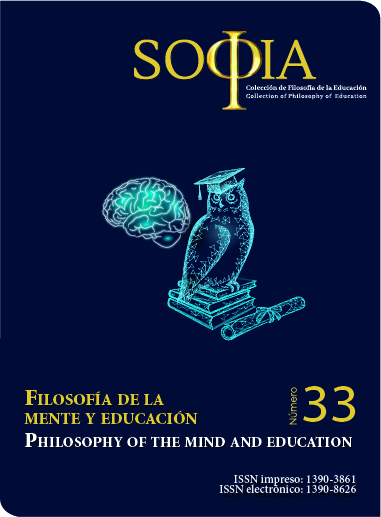Hermeneutical-dialogic elements for an eco-relational university education
Main Article Content
Abstract
The objective of this article is oriented towards the deepening of knowledge and the construction of a theoretical proposal through the hermeneutic dialogue of understanding in order to know and improve the training practice for deep human understanding in the university environment. As a problem, a kind of “monologization” of the formative practice is assumed as an expression of the current neoliberal market education. To do this, we explore Gadamer’s hermeneutic coordinates to shape an eco-relational formation in the context of late modernity and its instrumental r(el)ationality. The phenomenological-hermeneutical method, in its integrating capacity, poses a unique harmony from the ontological and epistemological point of view, by constituting itself as an interpretive-ontological approach, which simultaneously assumes existing, being and being in the world expressed linguistically. We conclude that current and future university education is played out in the exchange between subjectivities and alterities where dialogue is the mediator between the concept and the educational experience, since the ethos of education is dialogue as, in turn, the thelos of education is interhuman understanding
Article Details

This work is licensed under a Creative Commons Attribution-NonCommercial-ShareAlike 4.0 International License.
Authorship: The list of authors signing must include only those people who have contributed intellectually to the development of the work. Collaboration in the collection of data is not, by itself, a sufficient criterion of authorship. "Sophia" declines any responsibility for possible conflicts arising from the authorship of the works that are published.
Copyright: The Salesian Polytechnic University preserves the copyrights of the published articles, and favors and allows their reuse under the Creative Commons Attribution-NonCommercial-ShareAlike 3.0 Ecuador license. They may be copied, used, disseminated, transmitted and publicly displayed, provided that: i) the authorship and the original source of their publication (journal, editorial and work URL) are cited; (Ii) are not used for commercial purposes; Iii) mention the existence and specifications of this license.

